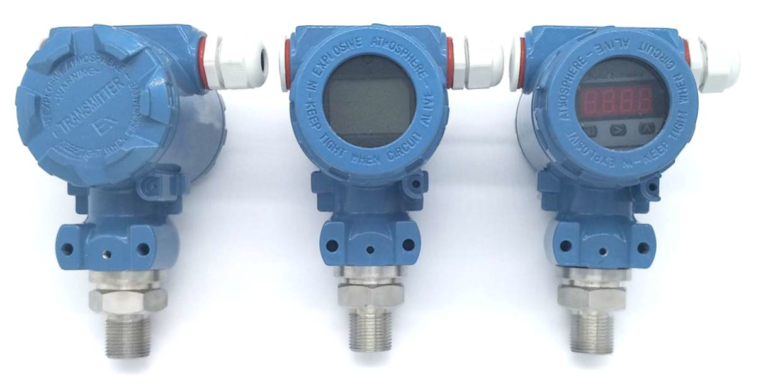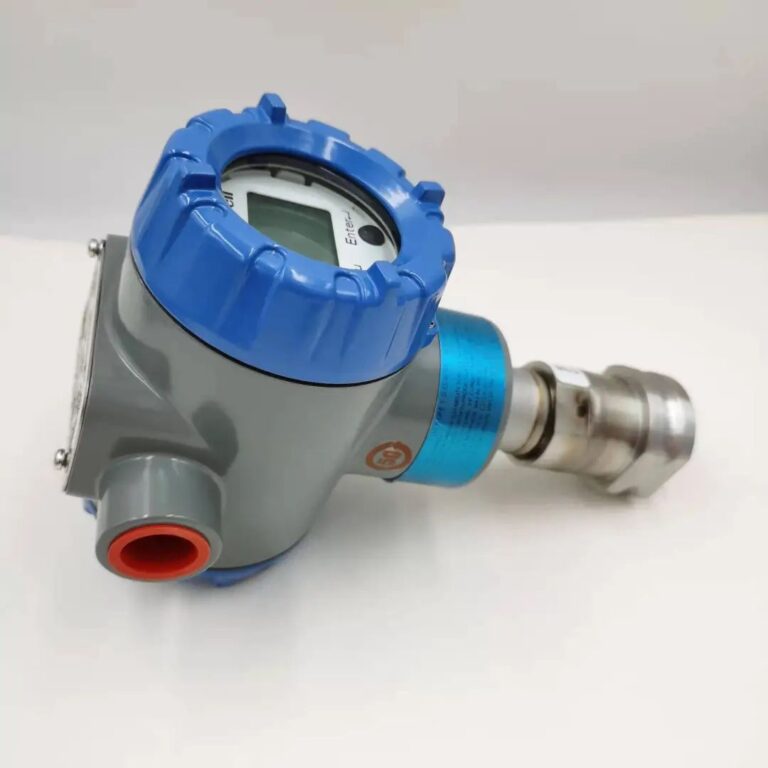Most transmitters have two types: with display and without display. Transmitters with display can display the measured value of the measured medium in real time at the site of use, which is convenient for observation and value detection. The types of transmitters with display will be slightly different in terms of appearance size, power supply voltage, overall weight and protection level.

Take the pressure transmitter for example. The pressure transmitter with display is longer and wider than the pressure transmitter without display. The power supply voltage of the pressure transmitter with display is 15~36VDC, and the power supply voltage of the pressure transmitter without display is 12~36VDC.
The pressure transmitter with display is about 80g heavier than the pressure transmitter without display. The protection level of the pressure transmitter with display is lower than that of the pressure transmitter without display.
During on-site use, users may encounter a situation where the transmitter does not display due to improper operation. At this time, we need to check them one by one.

First, check whether the power supply of the transmitter is connected in reverse and whether the positive and negative poles of the transmitter are connected correctly.
Second, check whether the power supply of the transmitter is used correctly. Generally, the power supply voltage of the transmitter with display is 15~36VDC.
Third, check whether the display head of the transmitter is damaged. Short-circuit the two lines of the display head. If it is normal after the short circuit, it means that the transmitter head is damaged.
Fourth, check whether there is a problem with the transmitter. You can connect the ammeter in series to the 24V power supply circuit to check whether the current is normal. If it is normal, it means that the transmitter is normal. At this time, you should check whether other instruments in the circuit are normal.

Before the transmitter is used and connected to the equipment for operation, it is necessary to conduct careful troubleshooting of the transmitter.
